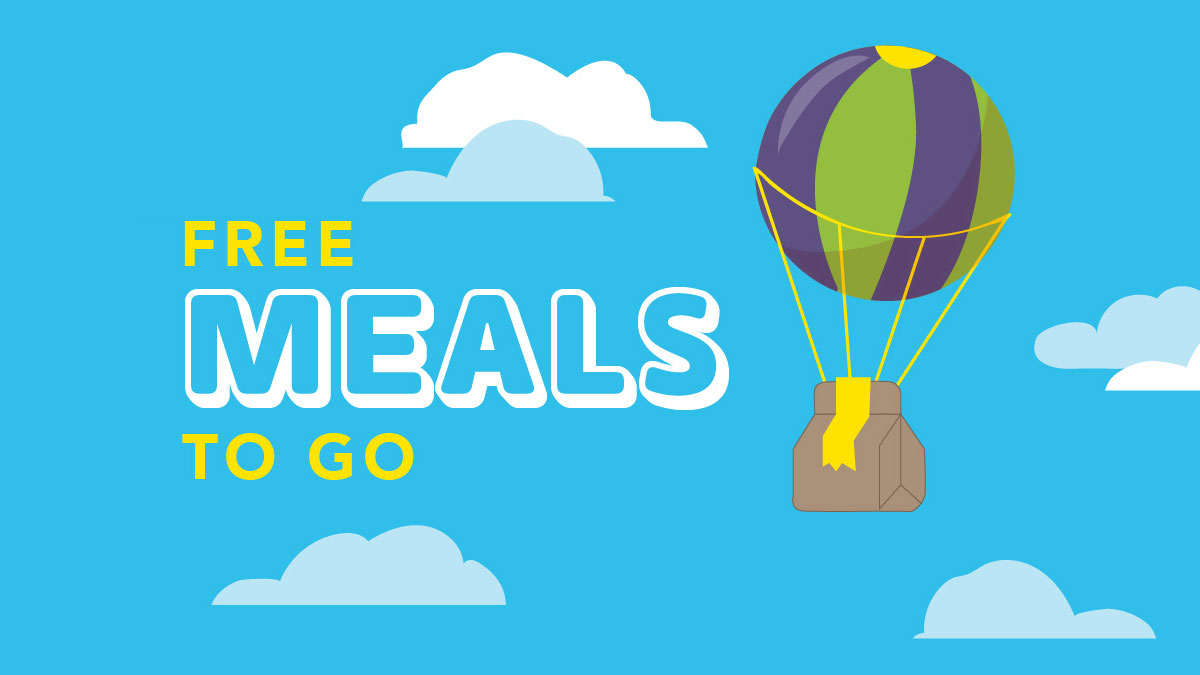Tools
Search or browse tools using the form below.
Food Systems 26 Tools
This toolkit has been developed in order to assist market vendors, managers, volunteers and customers in offering a successful “SNAP at the Market” program! We want to provide clear information about what accepting Supplemental Nutrition Assistance Program (SNAP)/Electronic Benefit Transfer (EBT) entails, how it can benefit the market, vendors and customers, and what everyone involved will be asked to do. Inside you will learn how to accept SNAP/EBT (formerly known as food stamps), where to get point of sale equipment, which foods are SNAP eligible, and more. This will help ensure that everyone at the market has up-to-date information to make the program work well. This guide is intended to be an ongoing resource for you. There is space along the inside margin of each page for you to take notes or make comments as you go along.
View ToolThe goal of the ADHS School Garden Program is to enable fresh produce to be safely served in school cafeterias from their on-site school garden. The program resources will help school gardens meet the requirements to be an approved source, as required in the Arizona Food Code.
Visit WebsiteThe guide is a comprehensive guidebook that provides a strong foundation to support the growing school garden movement. It was developed by a team of experienced garden educators, nutritionists, state officials, and other garden experts. This guidebook is a must-have resource for anyone looking to enhance learning through the use of gardens in schools and other community settings.
View ToolThis tool is designed to explain how to measure the total selling area of a store, both floor area and shelf space, as well as calculate the total percentage of selling area devoted to a particular type of product like produce or staple foods.
View ToolTour leaders complete a self-guided and individualized training on our online Learning Space, where they can connect with other leaders across the country and find resources to make their tours a success. After completing the training and setting up their tour, leaders receive a ringed flip book with talking points that are divided by the section of the store allowing them to rearrange the sections to match the layout of the store hosting the tour. It also includes information on MyPlate as a tool to plan and guide your shopping decisions through the store, and each section comes with objectives, suggested timing, key talking points and skills to cover and practice with tour participants.
View WebsiteThis fact sheet provides an overview of a model produce cart ordinance and describes the many benefits of produce cart vending. The model ordinance creates a streamlined permit program to make it easier for produce cart vendors to bring fresh, uncut fruits and vegetables from a mobile cart directly to a neighborhood.
View ToolGrowing food on public property – from vacant fields, to schoolyards, parks, utility rights-of-way, and even the rooftops of public buildings – can yield a diverse crop of community benefits. Fresh, healthy food is just the beginning: growing food on public property can also promote civic participation, public safety, food literacy, job skills, and urban greening – in short, healthier, more vibrant places. This guide provides users with the tools they need to access public land for growing food, including: 1) opportunities to work with public agencies to identify and inventory suitable growing sites, and develop a process for partners to access these sites; 2) common types of agreements that govern the relationship between food-growing groups and public entities, such as leases, licenses, and interagency agreements; 3) common provisions in agreements, such as liability, utilities, maintenance, growing practices, contamination, access and security, and improvements; 4) special issues related to growing food on school district property; and 5) sample agreements from real-world urban agriculture projects on public land.
View ToolUse these guides to find which fruits and vegetables are in season in Arizona. Winter, Spring, Summer and Fall are all included in this zipped file.
View ToolThis toolkit describes food hubs as an emerging retail strategy that has the potential to create a more equitable food system.
View ToolThe primary purpose of the toolkit is to provide marketing collateral Fresh Pick, farmers markets - local flavor, family fun. In this toolkit you will find materials for all four Arizona seasons.
View ToolThis guide provides an overview of farmers’ market policy issues and community tested best practices. It also features a set of complementary model land use policies for comprehensive plans and zoning ordinances. This guide was written for local government staff (planners, public health departments, etc.), elected officials, farmers’ market managers, food policy councils, and other stakeholders, to provide practical guidance and tools that communities can customize to create more farmers’ market opportunities and to ensure their long-term viability.
View ToolThis primer summarizes state and federal law and provides guidance for setting a preference that complies with both. It also provides step-by-step guidance on how a school district can implement a geographic preference policy starting with articulating the legal authority and rationale for buying local.
View ToolThis guide provides a general overview of economic development and ideas for how to approach economic development agencies with healthy food retail proposals. It also provides a comprehensive overview of local, state, and federal economic development programs that have been or could be used for healthy food retail projects.
View ToolThis toolkit is designed to help overcome the legal and practical barriers to establishing community gardens on land that is not municipally owned. It provides several model agreements and other documents that can easily be tailored, simplifying the process of building an agreement that benefits both landowners and the community.
View ToolThis guide covers procurement basics, defining local, where to find local products, and the variety of ways schools can purchase locally in accordance with regulations. Throughout the guide, examples illustrate the many mechanisms available for districts to procure local food.
View ToolThis toolkit describes how to create a strong, healthy small food retailer certification program that requires participating stores to increase the variety of healthy foods they sell, reduce the offerings of unhealthy foods, and proactively market healthy options with help from a sponsoring agency or organization. Ir provides step-by-step instructions for developing a certification program, with ideas and examples from existing programs.
View ToolThe primary purpose of the toolkit is to provide marketing collateral for healthy food products being sold in retail stores of all sizes. The toolkit uses USDA’s recommendations on how to translate the Dietary Guidelines for Americans into key consumer messages. Some tips to highlight Be Inclusive (all forms of food), Encourage personalization, Empower change (positive, action-oriented steps). The subheading of the toolkit, Small Steps to Healthy Habits, drives this idea home.
View ToolSchool gardens offer opportunities for fun and physical activity while serving as an important educational tool to help students understand how healthy food is produced. Before you start a garden of your own, read and download this step-by-step guide, which offers important information about how to safely grow your own fruits and vegetables with your students.
View ToolThis tool is intended to provide a range of promising, innovative strategies for overcoming the challenges of sourcing and marketing fresh produce at affordable prices.
View ToolThis toolkit provides a framework and model language for land use policies that local policymakers can tailor to promote and sustain urban agriculture in their communities.
View ToolThis guide will help you learn the Program rules and answer common questions about SNAP. At the end of this publication there is information about the Program and how to apply for SNAP benefits. This guide covers sections which include information on basic guidelines, what SNAP benefits can buy, Electronic Benefits Transfer (EBT) cards, and penalties for breaking rules.
View ToolThe Summer Lunch Buddies Toolkit was developed to promote the Summer Food Service Program across Arizona. The Summer Food Service Program (SFSP) is a U.S. Department of Agriculture (USDA) Child Nutrition Program established to ensure that low-income children, ages 18 and younger, continue to receive nutritious meals when school is not in session. Free meals, that meet Federal nutrition guidelines, are provided to all children at approved SFSP sites in areas with significant concentrations of low-income children by schools, private non-profits and local or county governments. The SFSP is administered at the State level by the Arizona Department of Education (ADE). Food sites are located throughout Arizona. Sites provide FREE meals to children, ages 18 and younger, during approved meal service times and dates. Some sites may also offer adult meals at a discounted price.
View ToolkitThis handout details the ten steps to a successful vegetable garden.
View ToolThe Farm to School Planning Toolkit guides you through questions to consider and helpful resource to reference when starting or growing a farm to school program. It is designed for use by schools, school districts, and community partners. The toolkit is filled with tips and examples, insights from others, and lists of resources for further research.
Visit WebsiteOrder Materials
Request and reserve marketing materials and items to help your nutrition education.
Order MaterialsCollaborator Archive
Having troubles finding a specific item? Don't worry we have them all in our archive.
View Archive
